Is it expensive to replace the fenders of new energy vehicles? When new energy vehicles cut through the air with a streamlined posture, the arc-shaped plate covering the rear of the wheel – the fender, not only carries the wisdom of aerodynamics, but also implies an imperceptible maintenance cost account book. This seemingly simple sheet metal part is undergoing a profound transformation of the cost structure in the era of new energy vehicles.
Material Revolution: The Cost Behind Lightweighting
Traditional fuel vehicle fenders are mostly stamped with steel plates, while new energy vehicles generally use aluminum alloys or even carbon fiber composite materials in pursuit of lightweighting. Taking Tesla Model Y as an example, the weight of its aluminum alloy fender is 45% lighter than that of steel parts, but the material cost is increased by 3 times. Carbon fiber material is more common in million-level electric supercars, and the cost of replacing its fenders can be 8-10 times that of traditional models, easily tens of thousands of yuan.
Technology Integration: The “Nerve Endings” of Sensor Networks
Intelligent driving sensors such as millimeter-wave radars and side-view cameras are often integrated in the fenders of new energy vehicles. Taking NIO ES8 as an example, there is an ultrasonic radar embedded in the inner side of its fender. When replacing, the ADAS system needs to be calibrated synchronously, which results in a 50% increase in maintenance labor costs compared with traditional models. The front fenders of some models also bear the function of pedestrian collision protection, and are equipped with air pressure sensors inside, which further increases the complexity of maintenance.
Maintenance ecology: original factory monopoly and aftermarket breakthrough
At present, the new energy vehicle fender maintenance market is polarized. 4S stores insist on using original parts. Taking Tesla as an example, the replacement cost of ordinary steel fenders is about 2,500 yuan, while aluminum alloy parts with integrated sensors cost more than 8,000 yuan. Although the aftermarket market can provide lower-priced alternatives, there are risks in matching accuracy and paint process. Data from a third-party maintenance agency shows that the proportion of cases where wind noise increases after the installation of aftermarket fenders accounts for 12%.
Insurance game: the “hidden level” of vehicle damage insurance
Fender damage is often accompanied by accidents, and the pricing of new energy vehicle insurance is undergoing subtle changes. According to data from PICC Property & Casualty Insurance, the accident rate of fenders equipped with smart sensors is 18% higher than that of traditional models, which has caused insurance companies to increase the pricing coefficient of new energy vehicle damage insurance by 5%-10%. For car owners, a single fender repair may trigger an increase in premiums in the next year, forming a vicious cycle of “repair-premium”.
Future trend: The dawn of modular design
Some new car companies have begun to try modular design, such as the “detachable smart fender” of Ideal L9, whose internal sensors use magnetic interfaces, which can theoretically reduce maintenance costs by 30%. With the development of battery-body integration (CTB) technology, fenders may evolve into a complex of structural parts and covering parts in the future, further blurring the boundaries between maintenance and replacement.
For consumers, when purchasing new energy vehicles, it is advisable to pay attention to the material and integration of fenders. Be careful to avoid scratches during daily driving. After all, behind this inconspicuous metal surface, there is a maintenance economics code unique to the new energy vehicle era.

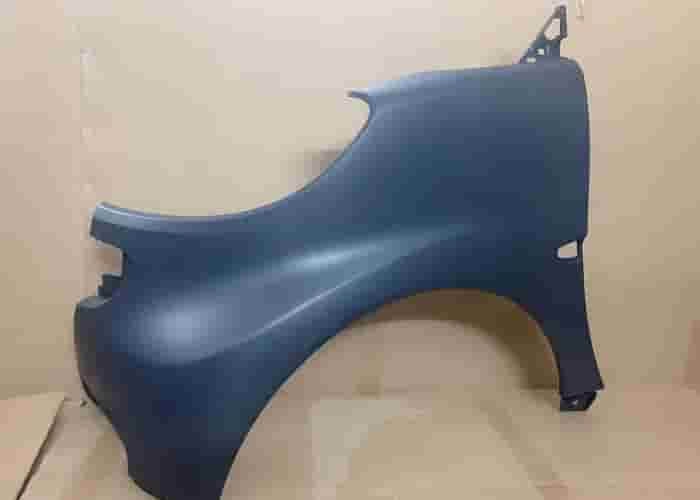

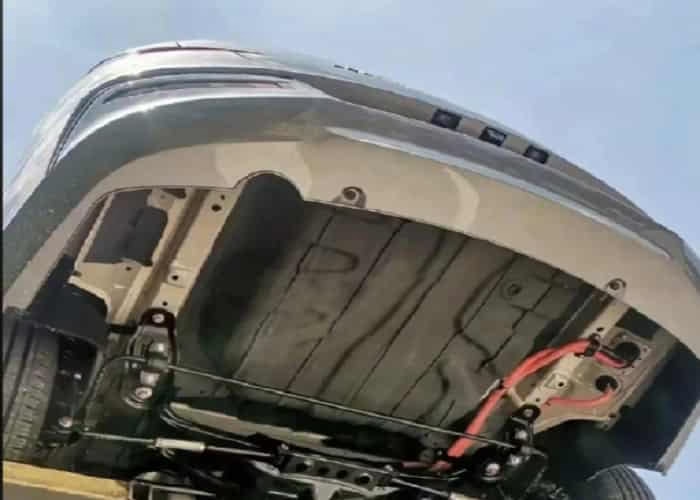

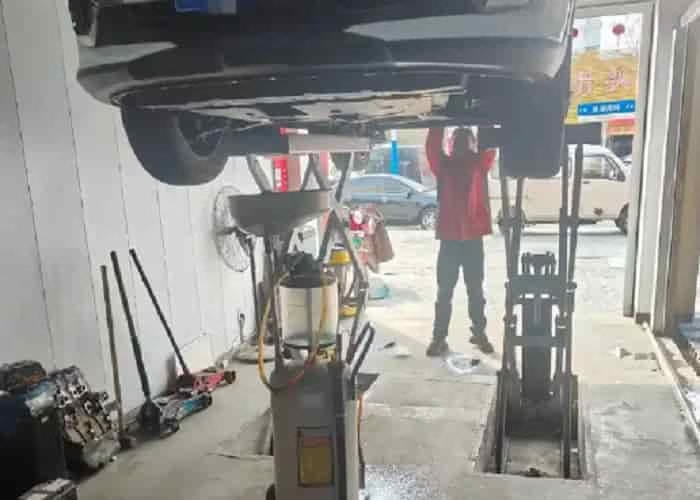
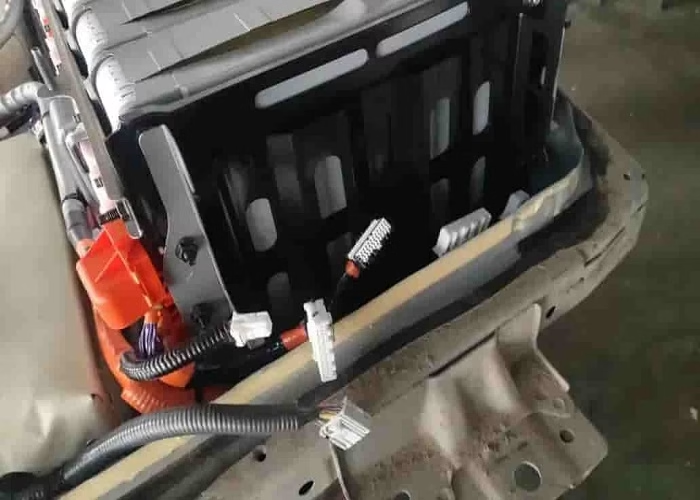
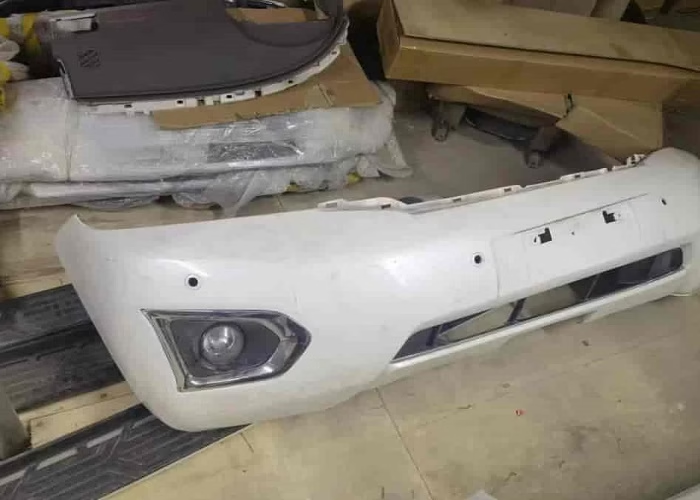
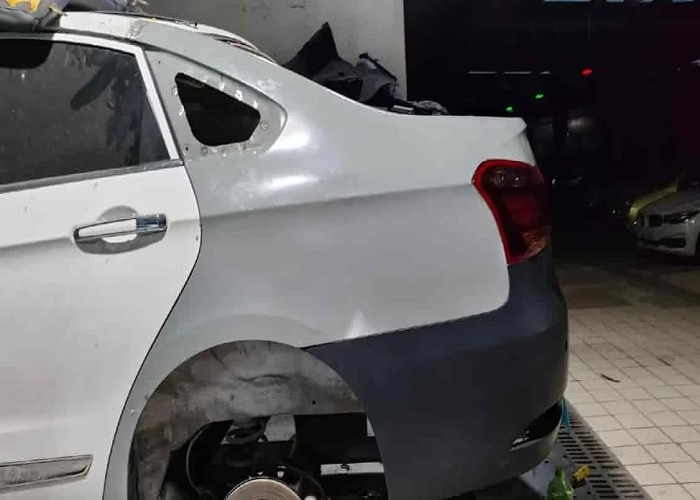
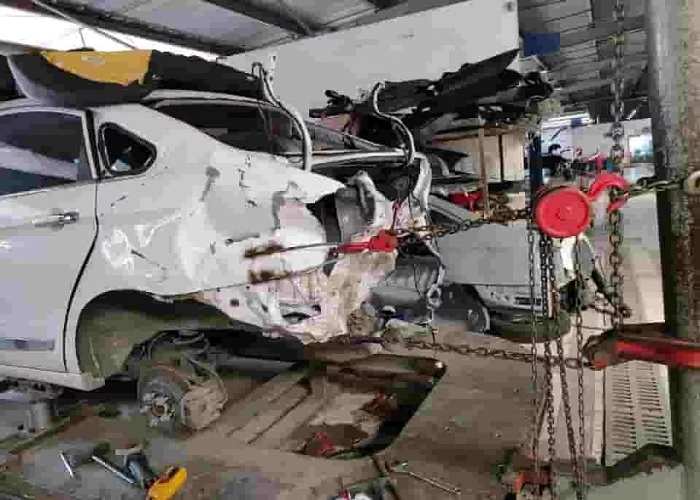
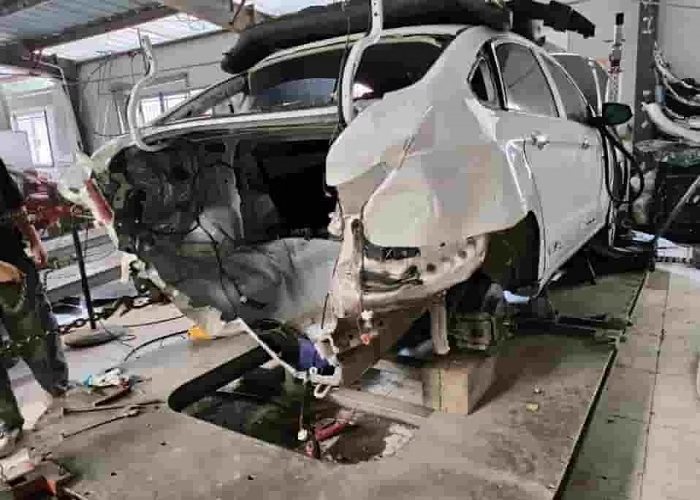
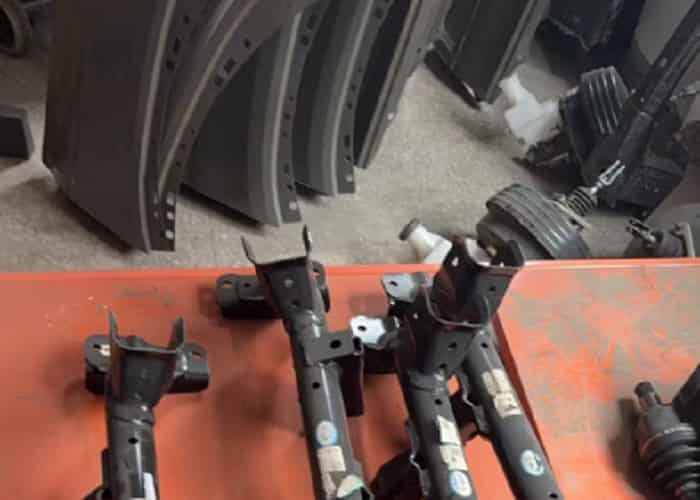




Leave a Reply